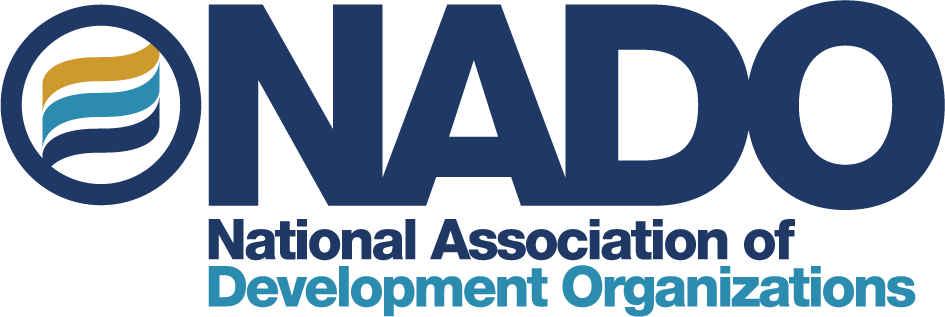

Biddeford, Maine’s 2011 Downtown Master Plan includes the words “youth” or “students” 157 times over its 217 pages. This was not an accident, but rather a demonstration of this New England mill town’s strong commitment to including young people and students in its visioning and community development efforts. Students were a driving force in the master plan development process, launched through a partnership of the City of Biddeford, its main street organization Heart of Biddeford, and the Orton Family Foundation, an organization that works with small towns and cities to support local community planning. The result of this initiative has not only been the publication of the Downtown Master Plan, but also the blossoming of strong community relationships, an appreciation of the city’s shared history and values, and a boost to local economic development.
Biddeford, a city of 20,000 residents located 20 miles south of Portland on the Saco River, has a rich and vibrant history as a textile mill manufacturing center. At the turn of the twentieth century, it had become one of Maine’s largest cities and was home to a diverse population of residents, including French Canadians, Germans, Dutch, Albanians, and Greeks, many of whom were drawn to Biddeford in search of jobs in the mills. Decades of prosperity began to come to an end in the years following World War II when many manufacturers sought cheaper labor and supplies in the Southern states. Population began to decrease and Biddeford’s downtown area, formerly a thriving gathering space for the community, began a steady decline as malls and shopping centers sprung up in the outer suburbs. The downtown area also suffered a major blow with the installation of a trash incinerator nearby, firmly establishing it as a “no go” area for many residents.
For years it looked as if Biddeford would go the way of many former industrial towns into a state of permanent decline until the 1980s, when efforts were made to fund downtown infrastructure and streetscape improvements. During this time, the Downtown Development Commission (DDC) was also established to support downtown revitalization and community development efforts. In 2008 in conjunction with the Orton Family Foundation, the city began what was known as the Heartworks planning process, which included community storytelling, neighborhood meetings, and the development and publication of the Downtown Master Plan. In all three of these stages, Biddeford’s youth played an important role. “Youth are a crucial group to engage,” says the Orton Family Foundation’s Ariana McBride. “They bring a unique perspective to the table.” Local high school students were active participants in community meetings, interviewed relatives and community members about their lives and recollections of Biddeford, and organized historical and cultural tours of the city’s mills.

The visioning and storytelling process has instilled a new sense of pride in local residents, particularly among Biddeford’s youth who for years saw no hope in the future of their town. “I’m ashamed to admit it now, but for many years I didn’t like my hometown,” says Tom Laverriere, a senior at Biddeford High School. “Up until I was about 15 I thought it was boring, had no real opportunities, and was inferior to neighboring communities. It wasn’t until I got involved that I realized how great it is.”
“I have seen changes in the way the teenagers look at themselves and their town,” observes Carolyn Gosselin, a Biddeford High School English teacher. Gosselin’s Senior English Perspectives in Literature course teaches students about the oral storytelling tradition by having them interview family members and local residents about their lives and experiences in Biddeford.
Victoria Eon, a freshman at McGill University and graduate of Biddeford High, notes how the storytelling process and student-led tours of the mills have created a new connection to her town and fellow students. “Engaging in these conversations has brought me closer to my peers. I’m excited that they are excited, and proud that they – at long last – feel proud of their humble roots without being asked why.”
The mills, which for so many years provided jobs, security, and a sense of identity, are once again a focal point in this new chapter in Biddeford’s story. “These buildings of brick are my history,” says Victoria. The progress being made in Biddeford “speaks to the resilience of the people these buildings inspire,” she says. It is the resilience of this town – both in its built history and social fabric – that is moving Biddeford forward, led by young people who want to see a stronger future for their community.
Click the links below to learn more about student involvement in Biddeford, lessons learned from the experience, and student interviews:
This case study is part of NADO’s “Youth with a Voice” case studies series, which highlights small towns and rural communities that are effectively engaging young people in planning and community development projects. By recognizing and valuing the tremendous energy and optimism students bring to local development efforts, these communities are building stronger and more lasting bonds between young people and their hometowns. For more information, contact Brett Schwartz at [email protected].
_____________________________
The work that provided the basis for this publication was supported by funding under an award with the U.S. Department of Housing and Urban Development. The substance and findings of the work are dedicated to the public. The author and publisher are solely responsible for the accuracy of the statements and interpretations contained in this publication. Such interpretations do not necessarily reflect the views of the Government.


